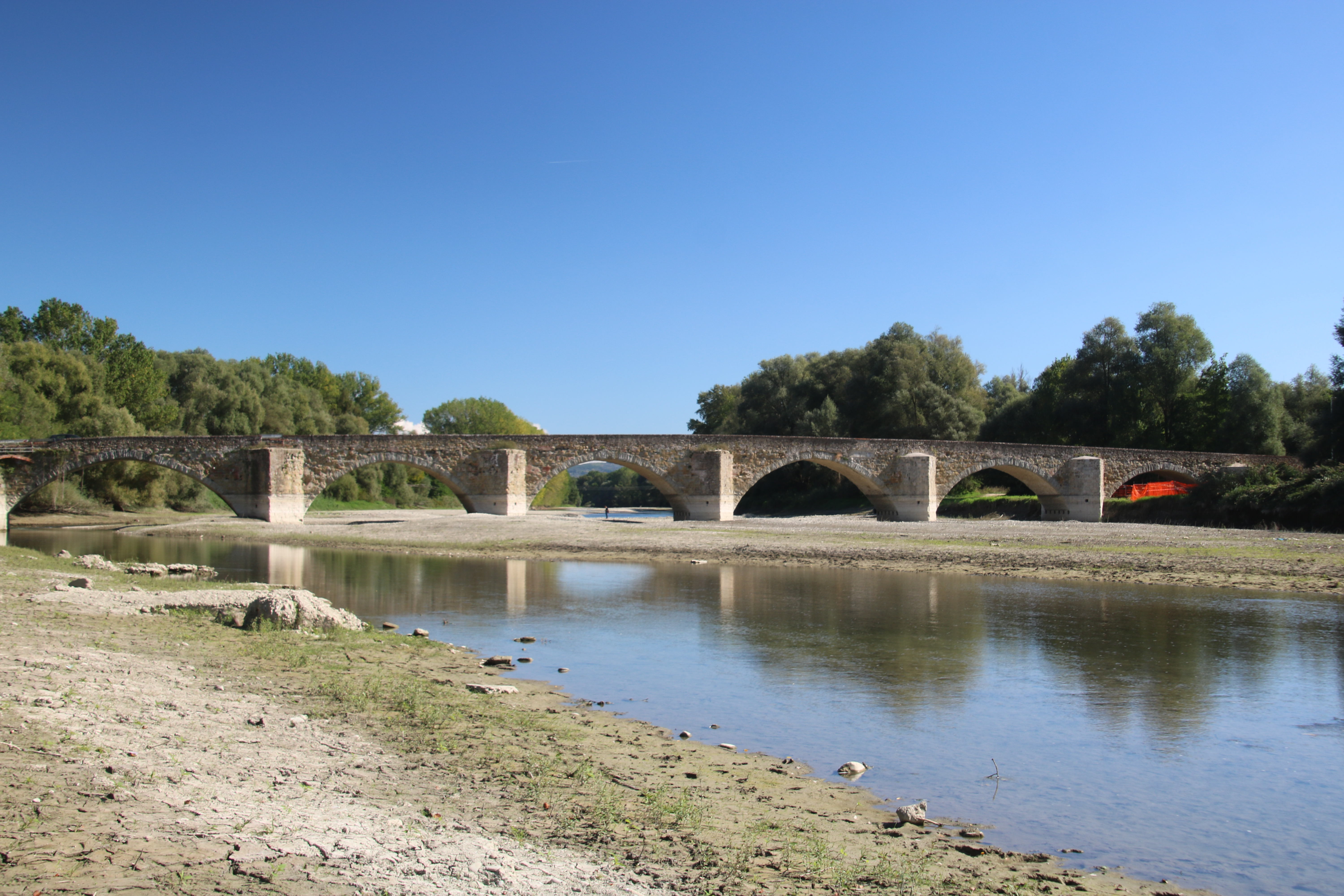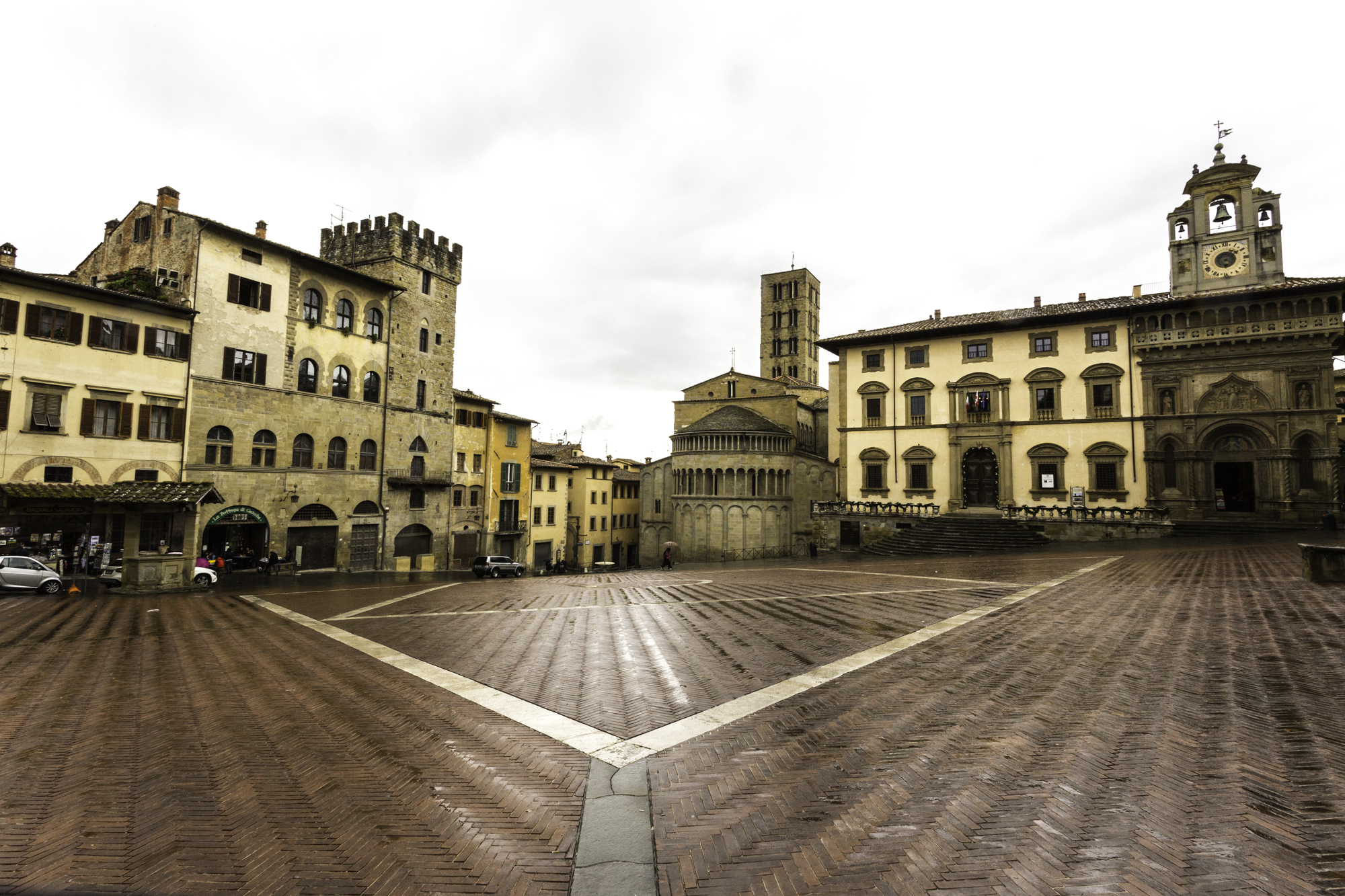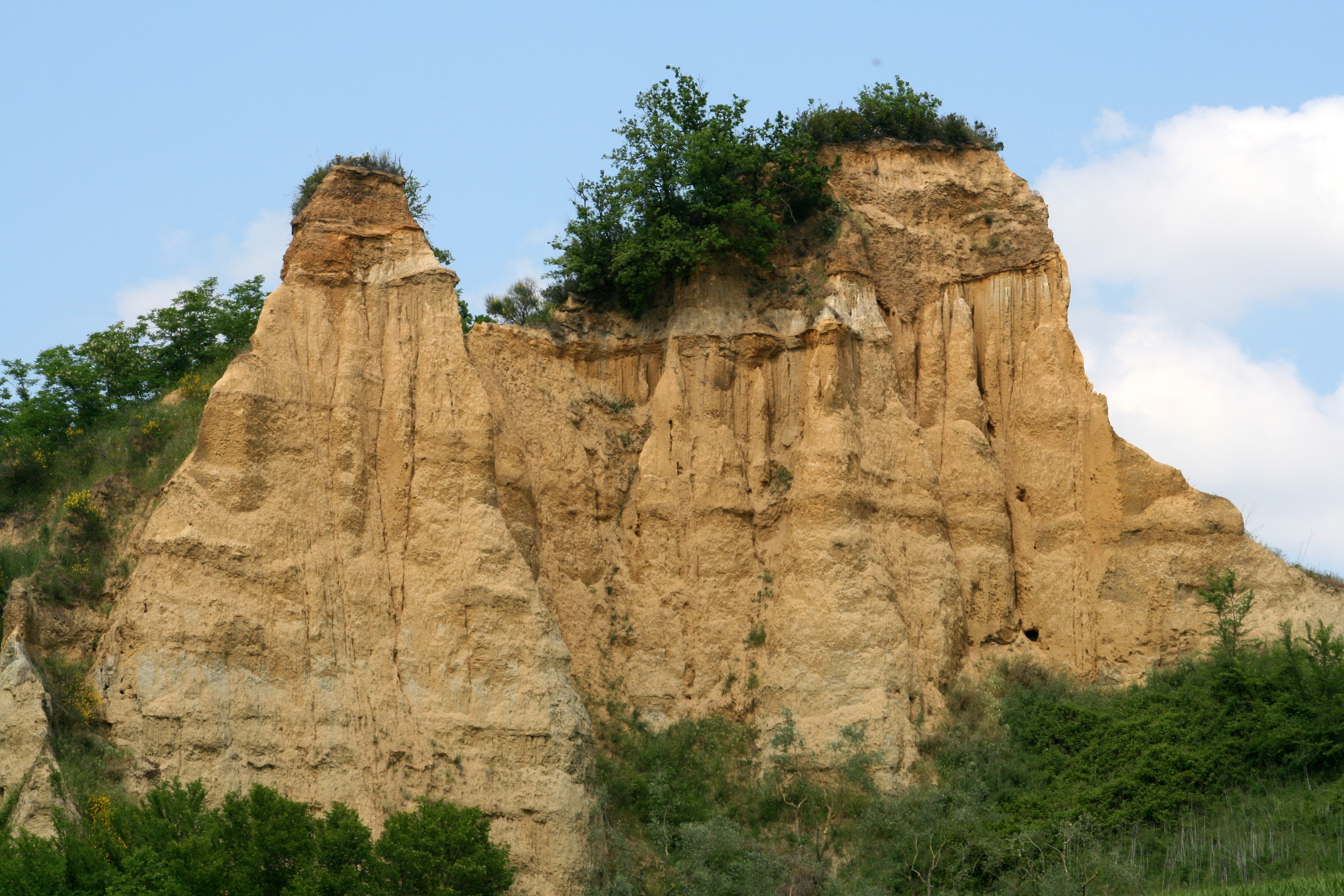Discover the landscapes surrounding our winery in Tuscany
The winery Cantine Terredagoli is located in the middle of the three provinces of Siena, Florence and Arezzo in an area that boasts a prestigious position for Viticulture.
This is the production area of Chianti DOCG, one of Italy’s most representative wines in terms of originality and quality.
The Laterina area, with its altitude just over 200 metres above sea level and a sandy, calcareous and sedimentary soil, has a lot of local producers who carefully choose the most suitable position for their vineyards from which to obtain qualitatively interesting grapes.
The reference vine of the Aretine and Chianti hills is the Sangiovese, a very sensitive grape, capable of modifying its perfume according to the soil in which it is cultivated; its fresh and fruity notes are particularly appreciated, giving Chianti a dry and soft taste that refines with the passage of time.
It is here that the winegrowers of Cantine Terredagoli have been cultivating their vines, following methods of the ancient Tuscan tradition, for over a century with the same dedication and passion, to produce a wine that represents one of the territory’s excellences.
After a tasting in our wine cellar, we recommend several places of interest in the Laterina area.
The Medieval Village of Laterina
Perched on a hill on the edge of the plain furrowed by the Arno, the medieval village of Laterina still preserves important and characteristic historical buildings. Strolling through the streets of the ancient village, enclosed within a medieval castle, there are the tower and the palace of the Guinigi family, the Oratory of San Rocco, the ancient Rocca, the Church of Saints Ippolito and Cassiano with a well-preserved Roman mosaic and a painting of the Madonna attributable to the school of Andrea del Sarto, and the former Palazzo del Podestà with its characteristic façade covered with coats of arms that testify to the dominations it has undergone.
On the last weekend of July, the medieval castle of Laterina is enlivened by the traditional medieval costume festival.
The territory of Laterina shows a very suggestive naturalistic frame: the countryside is rich in typical cottages, and the surrounding hills are covered with olive groves and vineyards, from which comes the renowned production of wine and extra virgin olive oil.
The surroundings of Laterina
Ponte Romito
The one Leonardo painted in the landscape of the Mona Lisa is precisely the Laterina bridge. Only one arch remains today, but in the 1500s, when Leonardo was in the Arno Valley serving the local lords, the bridge had four arches and was very popular because it acted as a short cut to shorten the journey between Arezzo, Fiesole and Florence by many kilometres.
The Valle dell'Inferno and Bandella nature reserve
The reserver is a protected natural area along the Valdarno stretch of the Arno. The paths in this nature reserve can be walked independently or with guided tours, even crossing the river with a boat. Legend says that Dante Alighieri found the inspiration for his Divine Comedy precisely from these impervious places; passing through these parts, he is said to have met a ferryman who made wayfarers cross the Arno, even becoming the Charon who ferried the souls of the damned to Hell.
Ponte Buriano
Characteristic Romanesque bridge of historical interest as it was thought (until recently) to be the landscape that Leonardo painted in the background of his best known work, the Mona Lisa.
Balze del Valdarno
These are particular rocky reliefs with diversified shapes and interspersed with deep gorges modelled over time by atmospheric agents following the draining of a lake that dominated the Valdarno area more than two million years ago.
An evocative landscape that has interested historians and scholars since ancient times, first and foremost Leonardo da Vinci who understood, ahead of modern theories, the principles of erosion and sedimentation.
For those who love shopping
For fashion lovers, an interesting visit is the Prada group outlet in Levanella, or the large shopping centre of the most exclusive brands The Mall in Reggello.
The Foiano della Chiana outlet is also about 40 minutes away, while for the more discerning, a visit to the shop windows in the centre of Florence or Arezzo is recommended.
Ancient city of Arezzo: between art and history
Arezzo is one of the oldest cities in Tuscany. Its historic centre preserves beautiful monuments, a treasure trove of art and history. It is the city that gave birth to Piero della Francesca, Petrarca and Giorgio Vasari.
Worth visiting are the Piazza Grande, where every year the historical re-enactment of the “Giostra del Saracino” takes place; the Palazzo delle Logge designed by Vasari; the Romanesque Church of Santa Maria della Pieve with its façade with three portals; the Basilica of San Francesco with its cycle of frescoes by Piero della Francesca; the Casa Vasari Museum and the Casa Petrarca Museum; the Medici Fortress built to defend the city.
The province of Arezzo is a vast and varied territory, dominating four valleys and offering interesting natural landscapes: the Casentino, Valdarno, Valtiberina and Valdichiana. There are many places to visit in the surrounding area: the village of Anghiari, where the famous battle, also painted by Leonardo da Vinci, was fought; Cortona; Sansepolcro, which dominates the Upper Tiber Valley and is the birthplace of Piero della Francesca; the Sanctuary of La Verna in Casentino, where Saint Francis received the stigmata and is now a famous pilgrimage destination; and Camaldoli, with its monastery immersed in nature, where a community of monks founded at the beginning of the year 1000 live.
Siena: the charm of the medieval city
In the heart of Tuscany, Siena still retains the charm of the medieval city, and walking through the streets of the historic centre to discover its monuments is like taking a journey back in time.
A stop in Piazza del Campo, where the famous Palio horse race is held every year, is a must. The majestic Palazzo Pubblico overlooks the city, with the Torre del Mangia, from the top of which one can see the entire city, the Duomo with its characteristic black and white façade, the Baptistery, the Pinacoteca Nazionale, and the Fontebranda, the city’s oldest fountain, also mentioned by Boccaccio in the Decameron and by Dante in the Divine Comedy.
The landscape around the city of Siena is characterised by hills planted with vineyards and olive groves, countryside and ancient medieval villages. This is the Chianti area, the Crete Senesi, the Val d’Orcia, the Val di Chiana and the Val d’Elsa.
Places to visit are San Gimignano, the city of towers, now a UNESCO World Heritage Site; Pienza, known as ‘the ideal city of the Renaissance age’ and famous for its pecorino cheese; Montepulciano, a charming medieval town remembered for being the birthplace of the great poet Poliziano, and famous for its Vino Nobile; Montalcino, the town that gave origin to Brunello; San Quirico d’Orcia famous for being the City of the Horti Leonini; the Abbey of San Galgano associated with the figure of King Arthur with the legendary sword in the stone. There are also numerous thermal resorts to visit, such as Bagno Vignoni, with its square occupied by a large medieval basin where thermal water gushes out; Bagni di San Filippo, with its thermal baths hidden in the woods at the foot of Monte Amiata; San Casciano dei Bagni, where in Etruscan and Roman times there were 42 thermal springs.
Photographic sources:
Ponte Buriano: Mongolo1984, CC BY-SA 4.0, via Wikimedia Commons
Piazza Grande Arezzo: Simone Baldo 2016, CC BY-SA 4.0, via Wikimedia Commons
Balze del Valdarno: Emiliano Burzagli, CC BY-SA 3.0, via Wikimedia Commons





